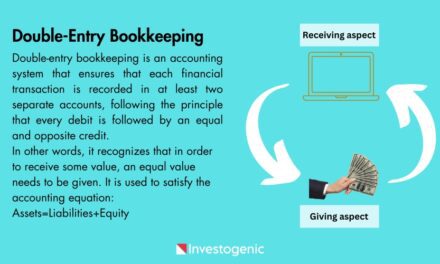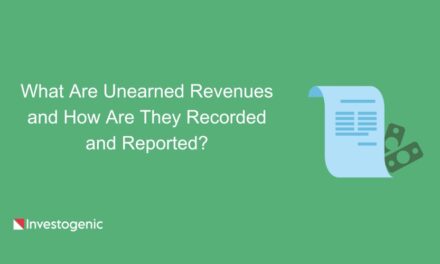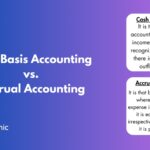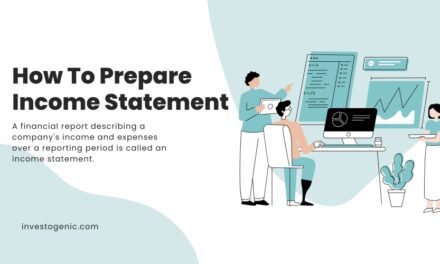
What Are Prepaid Expenses, and How Are They Recorded in Books?
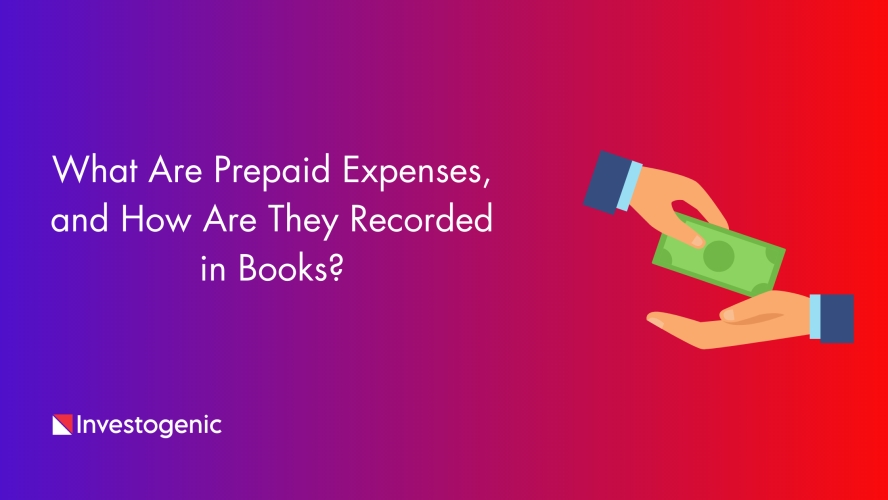
Prepaid expenses are costs that a business pays in advance for goods or services that it will receive in the future. These costs are considered assets because the business has made a payment but has not yet consumed the benefits of the expense. Prepaid expenses are gradually recognized as expenses over time as the benefits are used up or the services are received. Common examples of prepaid expenses include prepaid rent, prepaid insurance, prepaid utilities, and prepaid supplies.
Prepaid expenses ensure that expenses are recognized in the appropriate accounting periods, matching the expense with the corresponding period in which the benefits are used or received.
Understanding Prepaid Expenses
As we discussed above, prepaid expenses are those that a business pays in advance for goods or services to be received in the future, such as premises or equipment lease rent or insurance coverage that provide continued benefits over time.
According to generally accepted accounting principles (GAAP), expenses should be recorded in the same accounting period as the profit generated from the related asset. Let us understand this with an example: if a machine is hired by a company for 12 months, the company benefits by using it for the full period. Recording as an expense the advance payment made for the entire rent in the first month itself will not adequately match the expenses with the revenue generated from its use. Therefore, it should be recorded as a prepaid expense and allocated to the full twelve months’ expenses.
How Prepaid Expenses Are Recorded in a Business’s Books
Initial Payment
When a business pays for a future expense in advance, it records the payment as a prepaid expense. At this point, the expense has not yet been recognized, and the payment is considered a prepaid asset.
Recognition of Expenses
As time passes or as the benefits of the prepaid expense are consumed, the business recognizes a portion of the prepaid amount as an expense on the income statement. This recognition is typically done over the period during which the benefits are used.
Journal Entries
The process of recording prepaid expenses involves journal entries in the business’s accounting records.
- At Initial Payment: The initial entry to record the payment is:
- Debit: Prepaid Expense (asset account)
- Credit: Cash or Bank
- As Expenses Are Recognized: As the expenses are recognized over time, the business gradually reduces the prepaid asset and increases the corresponding expense. The journal entry might look like this:
- Debit: Expense Account (e.g., Rent Expense, Insurance Expense)
- Credit: Prepaid Expense
Financial Reporting of Prepaid Expenses
Prepaid expenses are initially reported on the business’s balance sheet as assets. They are categorized as current assets if the expenses will be recognized within one year. If the expenses will be recognized beyond a year, they are categorized as long-term assets.
As the prepaid expenses are gradually recognized as expenses, the corresponding amounts are expensed on the income statement, reducing the net income for the period.
Example:
Let’s consider an example where a company pre-pays $12,000 for a one-year insurance policy on January 1st. The insurance policy covers the entire year.
Initial Payment:
At the time of payment, the journal entry would be:
| Date | Particulars | LF | Debit (Amount) | Credit (Amount) |
|---|---|---|---|---|
| 20XX 01-01 | Prepaid Insurance A/c Dr To Cash/ Bank A/c (Being the amount paid towards insurance premium in advance) | $12,000 | $12,000 |
Recognition of Expenses:
Each month, the company would recognize $1,000 ($12,000 / 12 months) as an insurance expense and reduce the prepaid insurance asset by the same amount:
| Date | Particulars | LF | Debit (Amount) | Credit (Amount) |
|---|---|---|---|---|
| 20XX 01-31 | Insurance Expenses A/c Dr To Prepaid Insurance A/c (Being insurance expenses recognized for the month of January) | $1,000 | $1,000 |
By the end of the year, the entire $12,000 would have been recognized as an expense, and the prepaid insurance asset would be reduced to zero.
Learn more: Types of Credit Cards
FAQs
What accounts are affected by prepaid expenses?
When prepaid expenses are initially reported on the balance sheet, they affect an asset account (whether a current asset or a long-term asset). As prepaid expenses are gradually recognized as expenses, the prepaid expense account is affected.
















